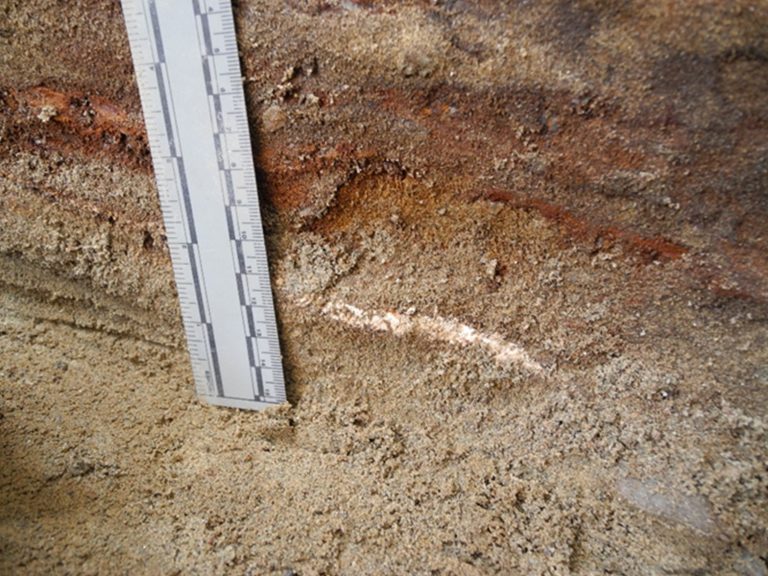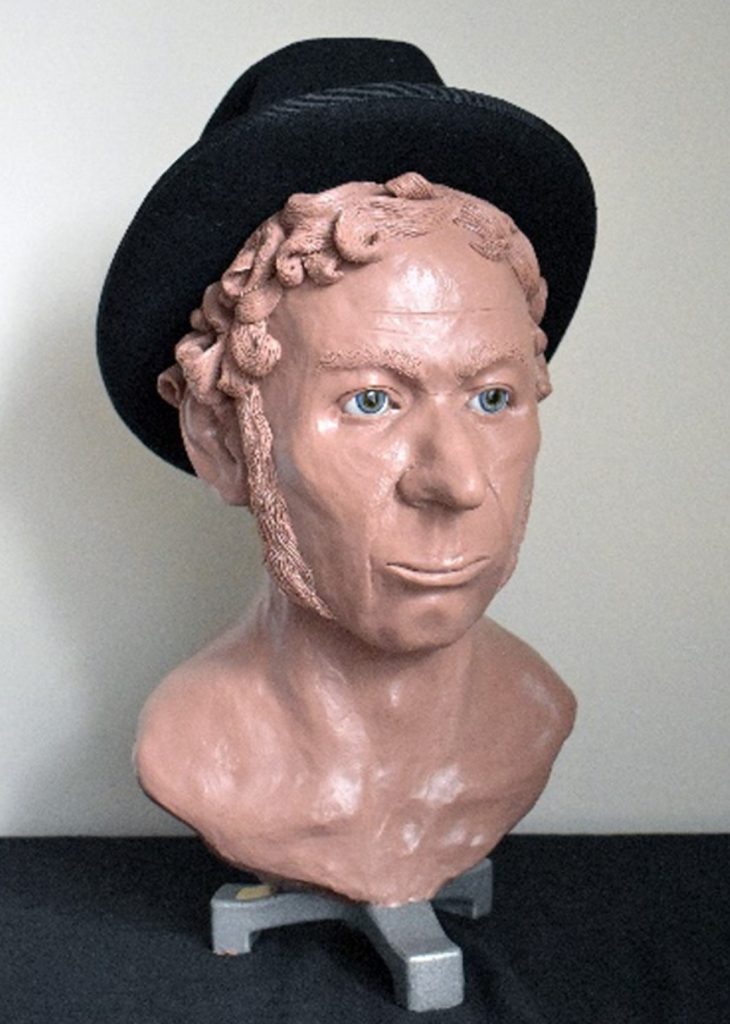Snow. We love it, we hate it; it’s fun, it’s a nuisance. Whether it sparks a sense of wonder or dread, there’s no denying that snow has helped shape the Canadian identity. Snow was a relentless challenge that the first European settlers had to adapt to as soon as they arrived in Canada. Thanks to the expertise of the Aboriginal peoples, they learned to live with snow.
Nowadays, snow removal after a heavy storm is routine. Bianca Gendreau, curator of the upcoming exhibition Snow, explains: “This is why we have a hard time imagining what life was like back then, when the snow settled on the ground for the winter. We forget how difficult it was to get out and about.” Very early on, the settlers adopted the snowshoe, an ingenious First Nations’ invention that enabled them to walk on snow. They also adopted the sled, which was used to transport game and other items.
Later, Canadians started to come up with their own snow-related inventions. Horses got snowshoes: rounded wooden planks that were fitted onto their horseshoes with leather straps. The horses could then pull scrapers, which flattened down the snow. Shovels became all-important in cities where major streets needed to be cleared. Teams of men were recruited to shovel the snow into sleds, which were then taken away and emptied. Gendreau says that during the 19th century the number of patents registered for more efficient snow shovels was astounding!
The introduction of the internal combustion engine brought more innovations. These included Arthur Sicard’s snow blower, which was used to remove snow from streets in the early 1900s, as well as Joseph-Armand Bombardier’s famous snow vehicle and then his snowmobile, which is hugely popular today for recreational use. An appreciation of snow is far from new. In the 19th century, many snowshoe clubs were established, all with their own songs and outfits. It comes as no surprise that today one out of ten Canadians participates in at least one winter sport.
Gendreau’s hope is that Museum visitors will leave the Snow exhibition with an appreciation for the important role that this element has played in our lives: “Love it or hate it, snow is part of the cycle of life. Its thick cover protects seeds from the ravages of frost. And its spring melt helps replenish our waterways. It is part of a vast natural balance.”
Indeed, how could anyone remain unmoved by the ethereal beauty of light snow falling on a winter’s eve?
Snow opens on December 6 at the Canadian Museum of Civilization.



